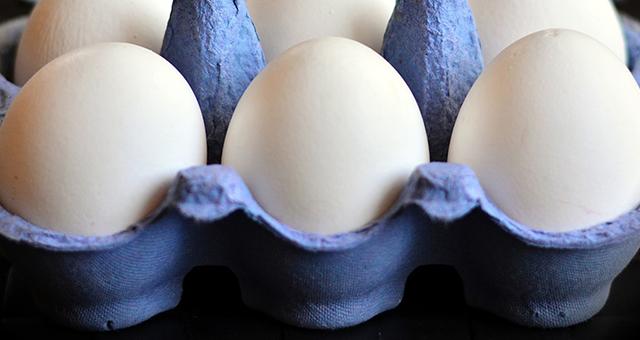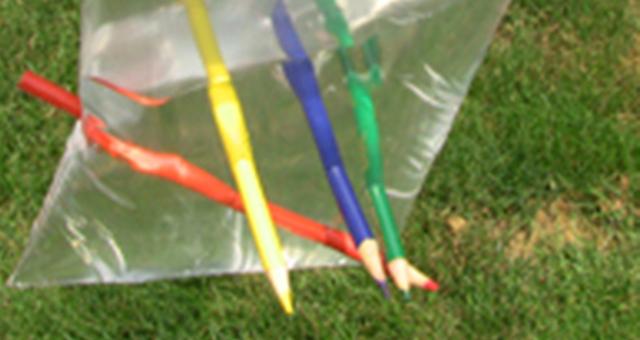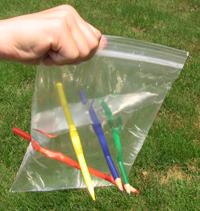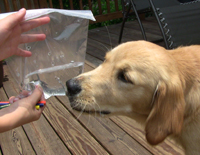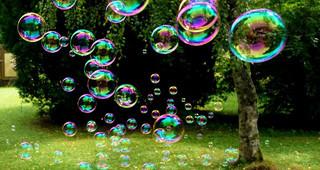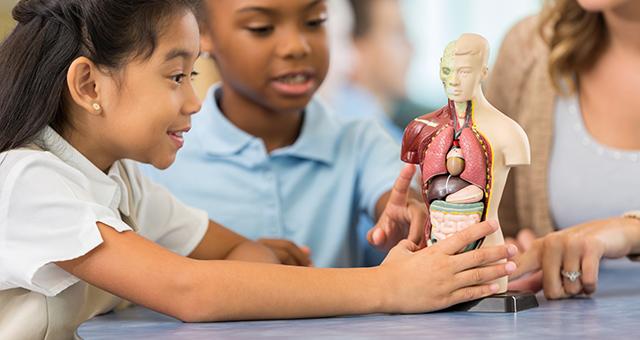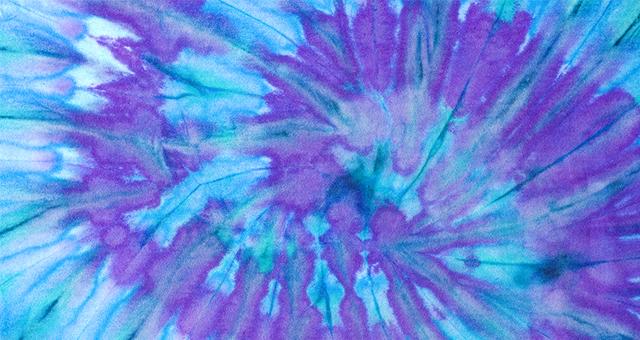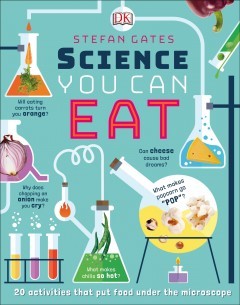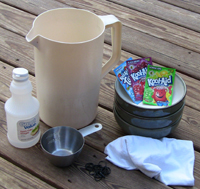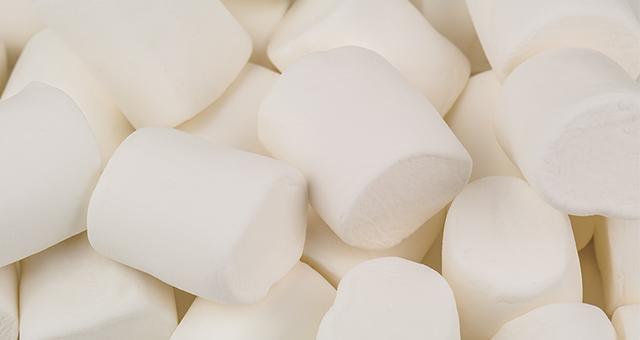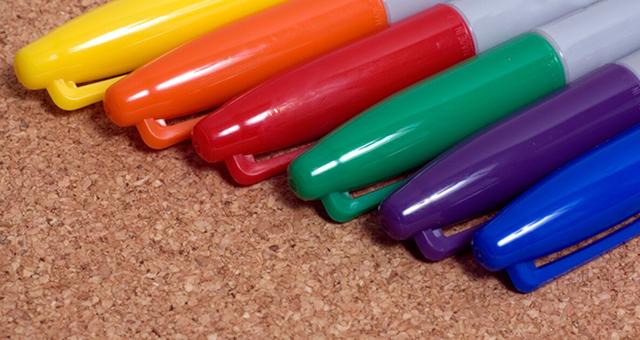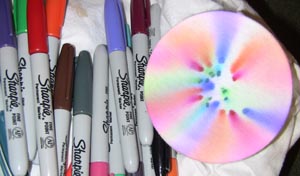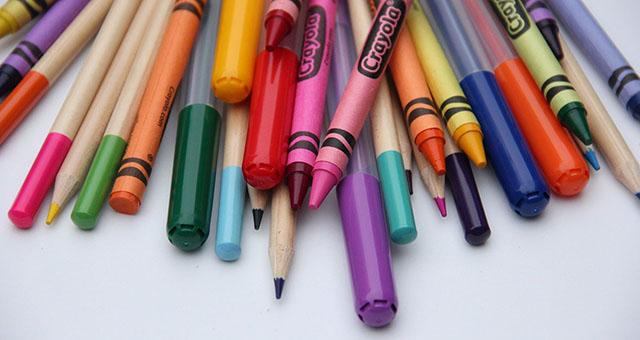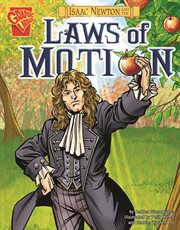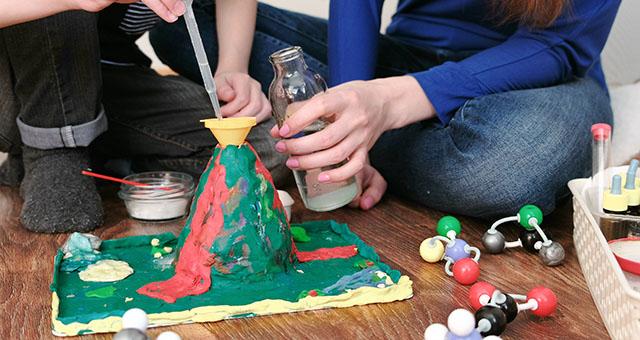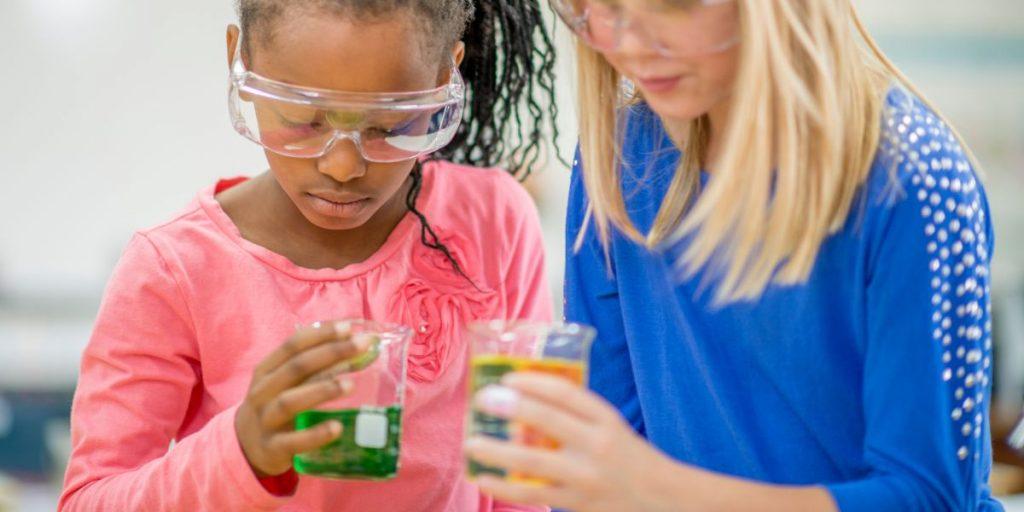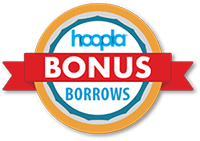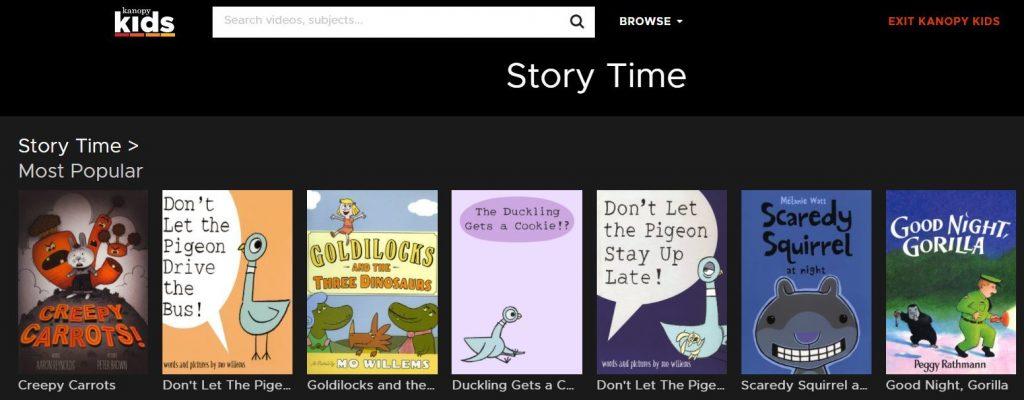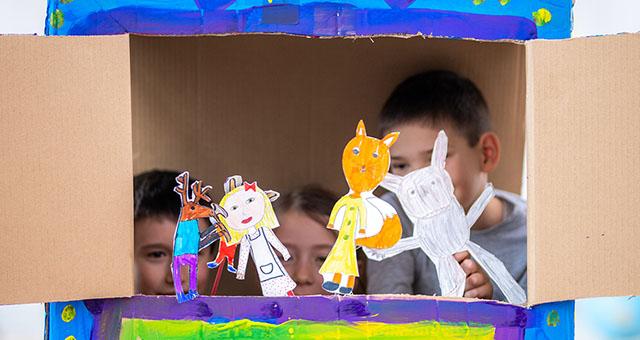
Take a backstage tour.
Learning about puppets is a great first step to get the skills you need to make your own puppets. You can get an inside look at puppets by taking a video tour of Peewinkle’s Puppet Studio in Indianapolis. For even more behind-the-scenes inspiration watch this video to learn how the Sesame Street puppeteers bring Elmo, Big Bird, Mr. Snuffleupagus, Abby Cadabby, and Rudy to life!
Watch a puppet show.
Tune in to the Edmonton Public Library on Youtube to see these puppet shows:
- The Three Little Pigs
- Little Blue Riding Hood
- The Three Billy Goats Gruff
- The Lion and the Mouse
- The Boy Who Cried Wolf
Make your own puppets and put on a show!
There are several workshops available online from puppet theatres all over the country. A wonderful one comes from Fort Wayne, Indiana. Watch Fort Wayne Youtheatre’s video and use their puppet workshop guide to learn how to create your own shadow puppet theatre and shadow puppets.
Also try New Victory Theatre’s Arts Break at Home Puppetry Week.
Still looking for puppet activities? The Jim Henson Foundation is providing links to online performances and workshops provided by grantees from their Foundation.
Are you ready to create yet? Here are some printable patterns and templates to get you started!
- PBS Video: How to Make Animal Finger Puppets
- PBS Kids Craft: Make a Puppy Marionette
- PBS Video: How to Make Shadow Puppets – Make your own shadow theater with just a few household items! Mya shows your how to make some shadow puppets and tells the story of the dinosaurs in her own play.
- PBS Kids Video How-to: Put on a Puppet Show Includes directions and printables for a Peg + Cat Shoe Box Puppet Theatre and Peg + Cat Stick Puppets.
- Palmer Public Library – Author/illustrator David Hyde Costello shares the process of making a table-top puppet show. Part 1 and Part 2
- Natural History Museum of Los Angeles County: Dinosaur Shadow Puppet Directions and Printable Template
- Printable: Curious George Finger Puppets
- Printable: Crayola Dragon Puppet
- Printable: Story Place Monkey Paper Bag Puppet
- Printable: Story Place Gorilla Stick Puppet
- Printable: Story Place Puppy Stick Puppet
Puppet Project Ideas from Old Socks to Paper to Clay!
Upcycle items from your craft bin or trash can, add your creative storytelling, and put on a puppet play!

